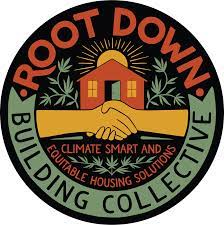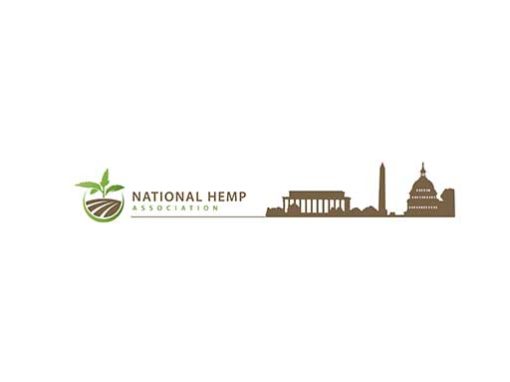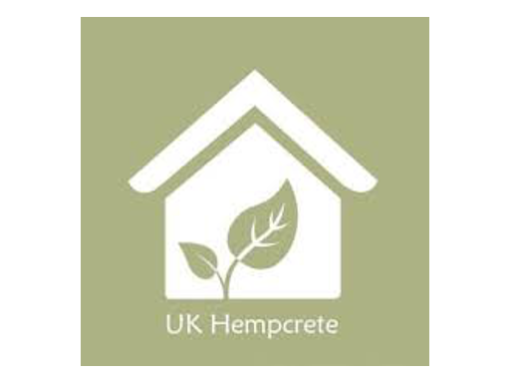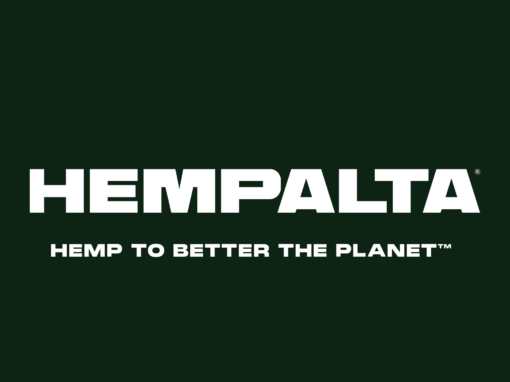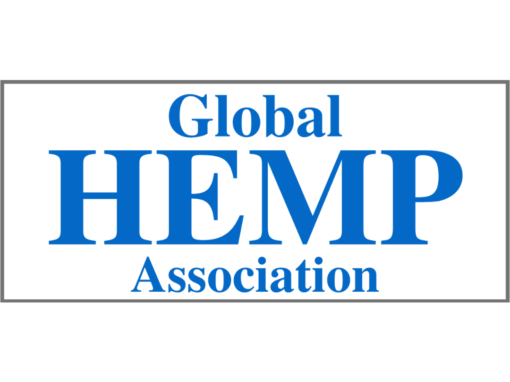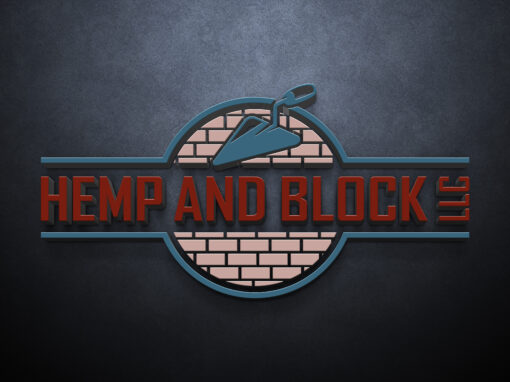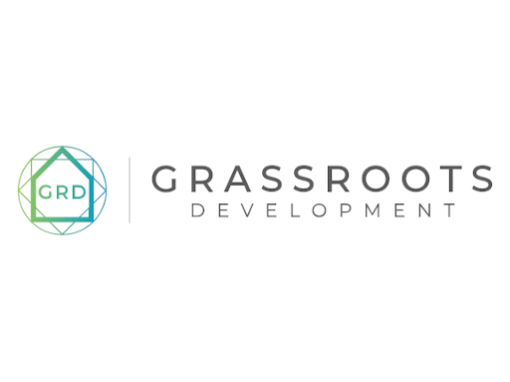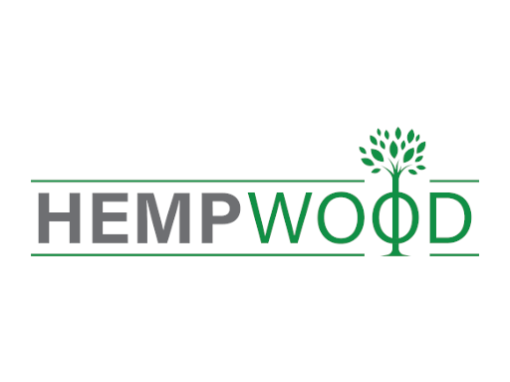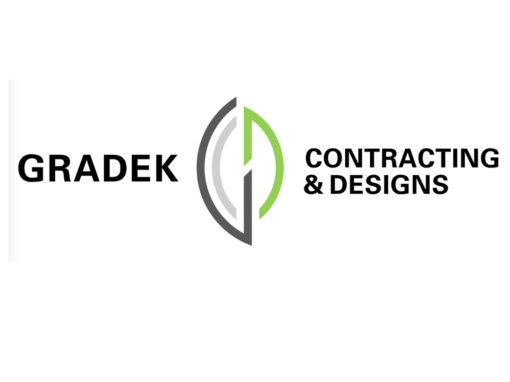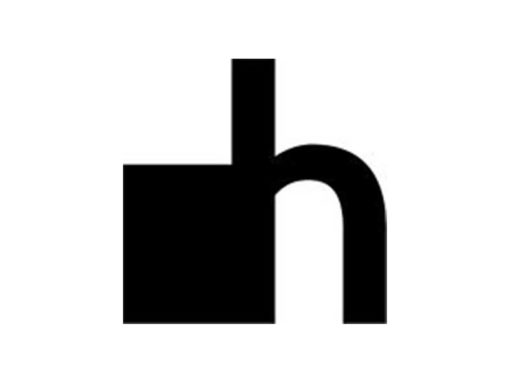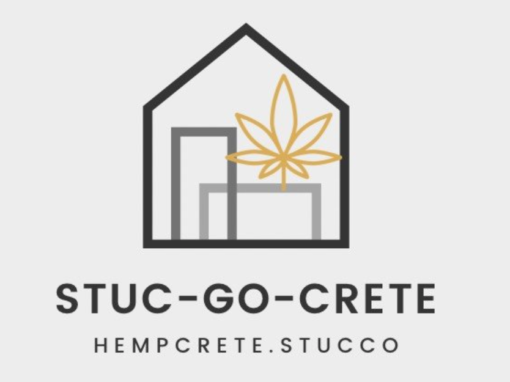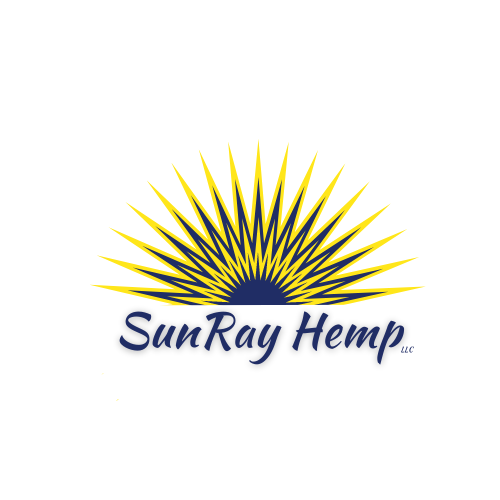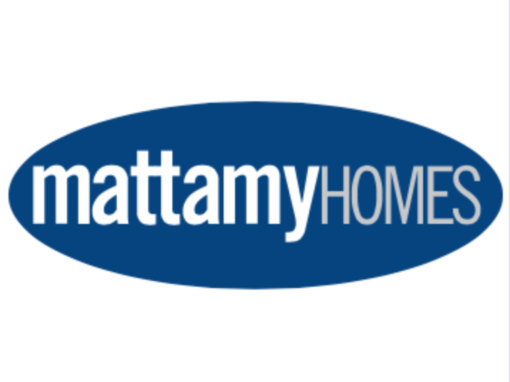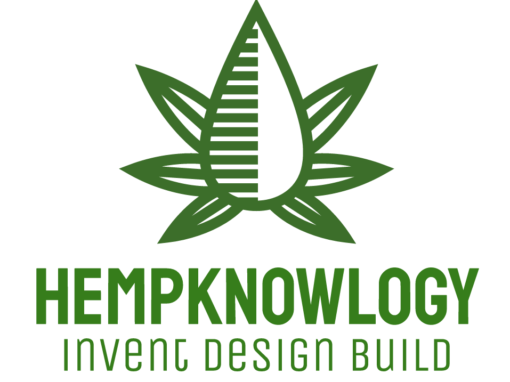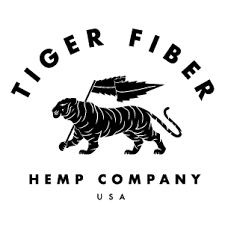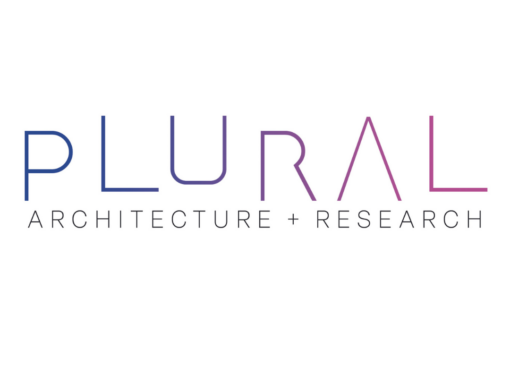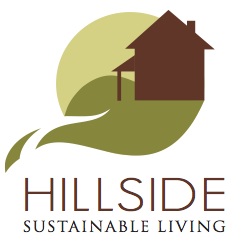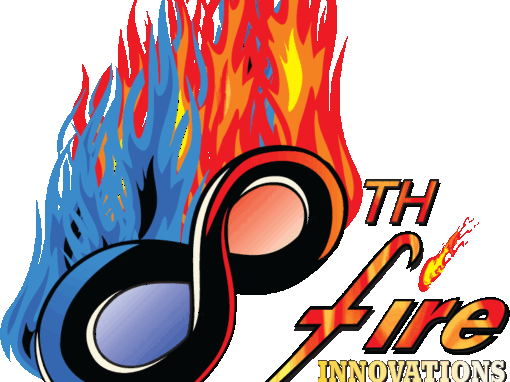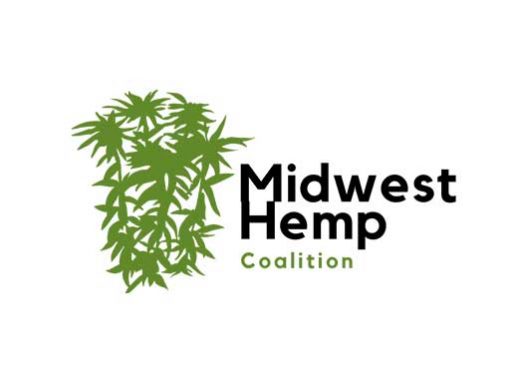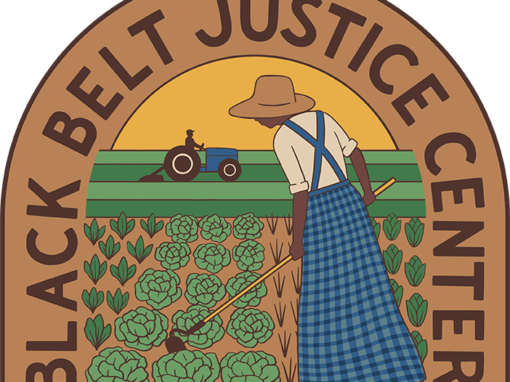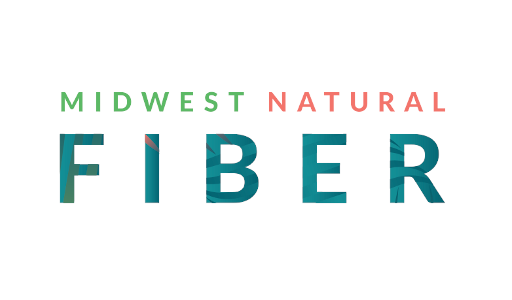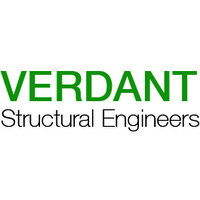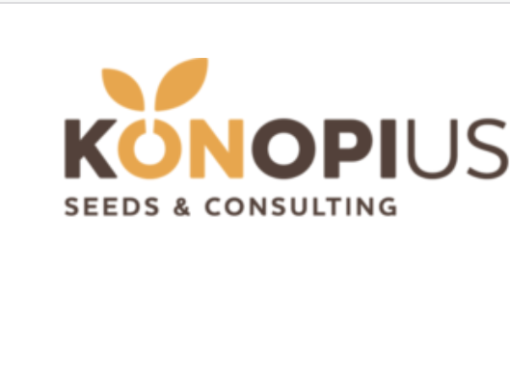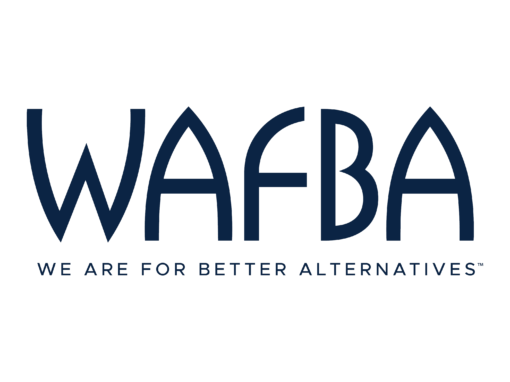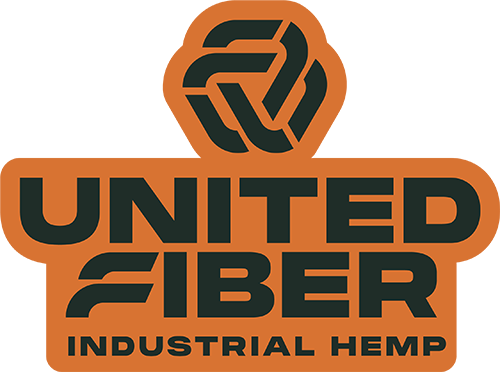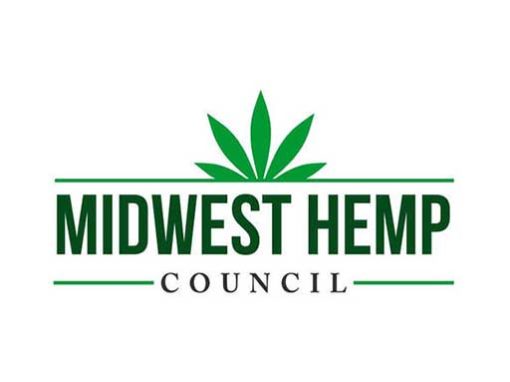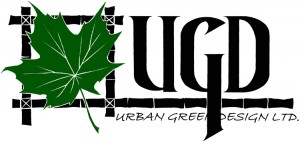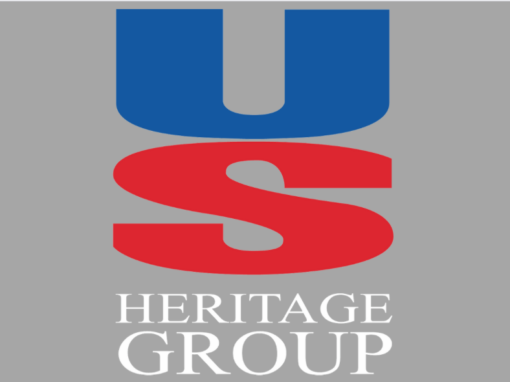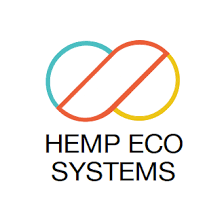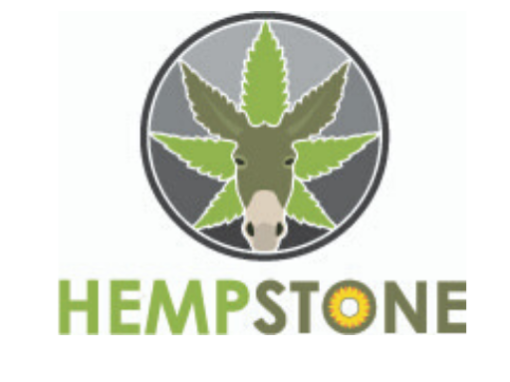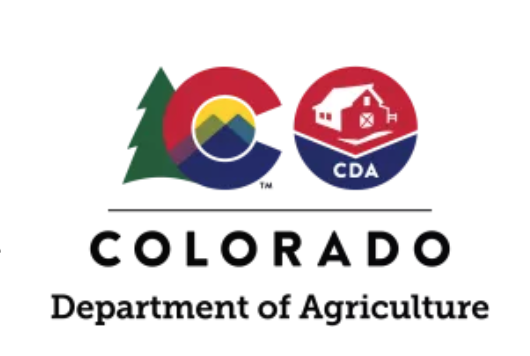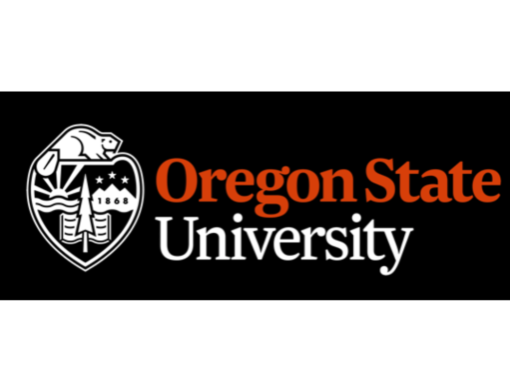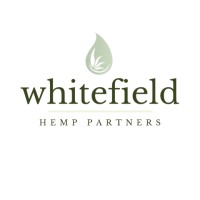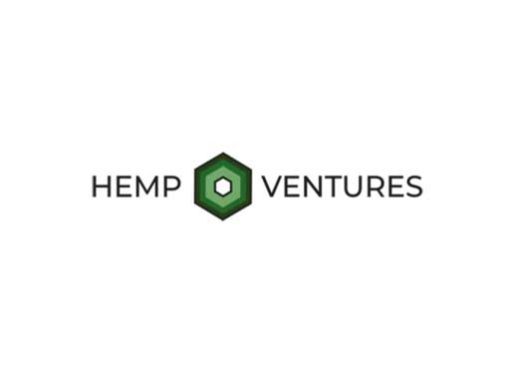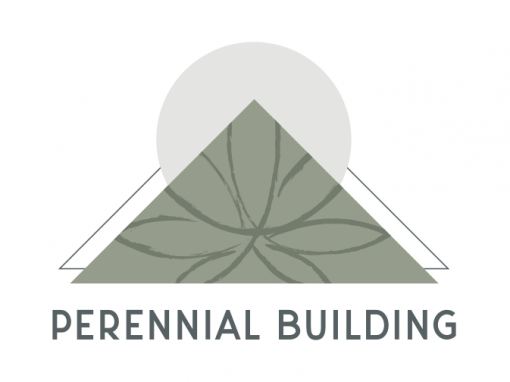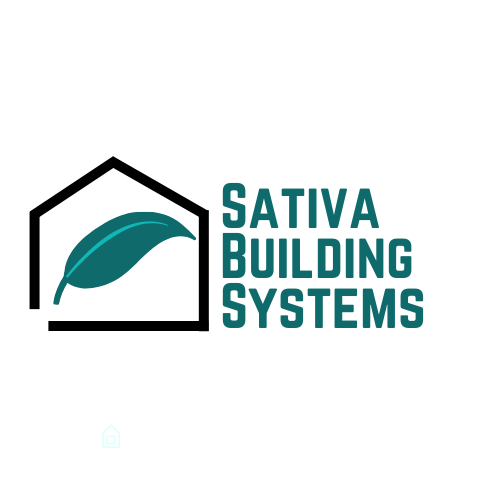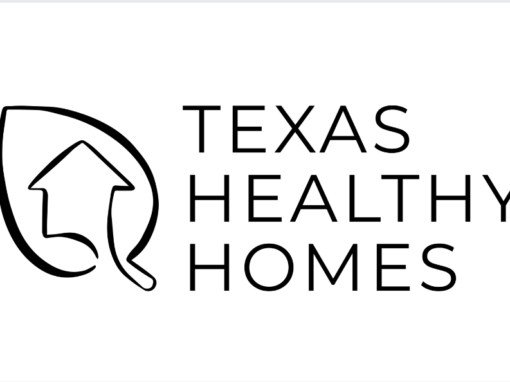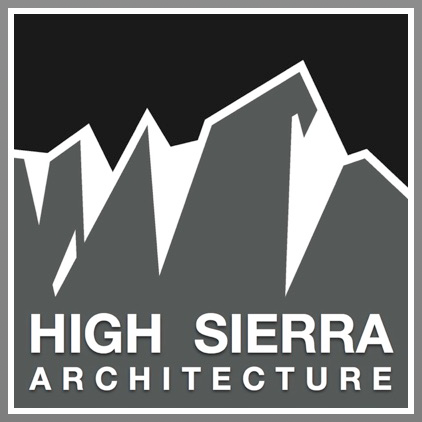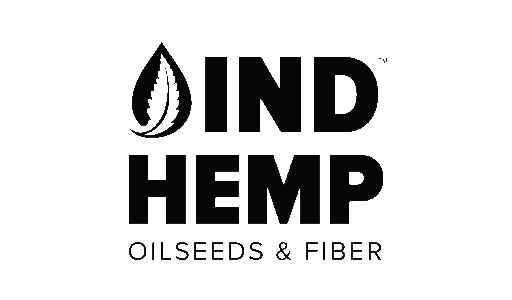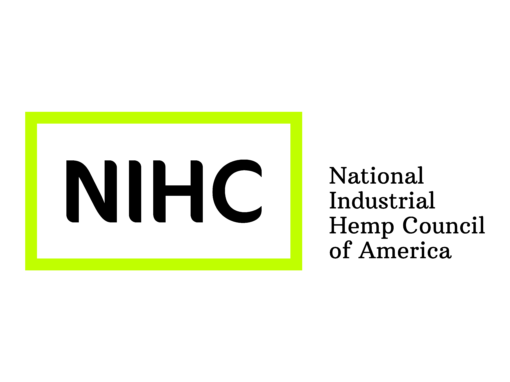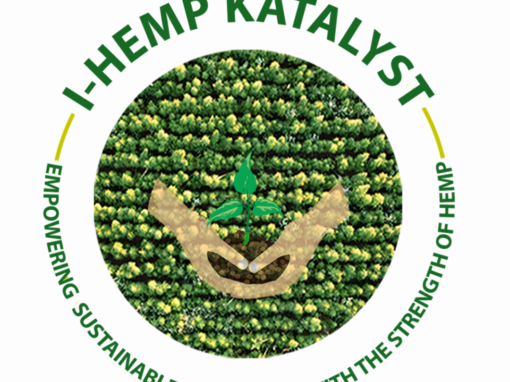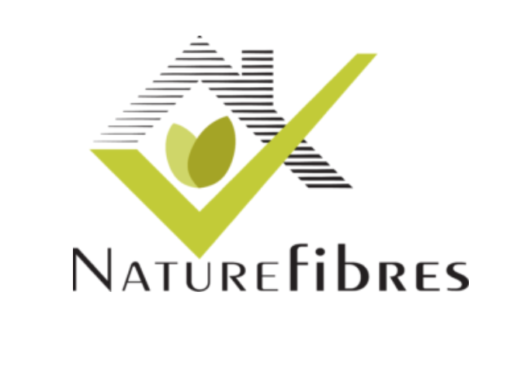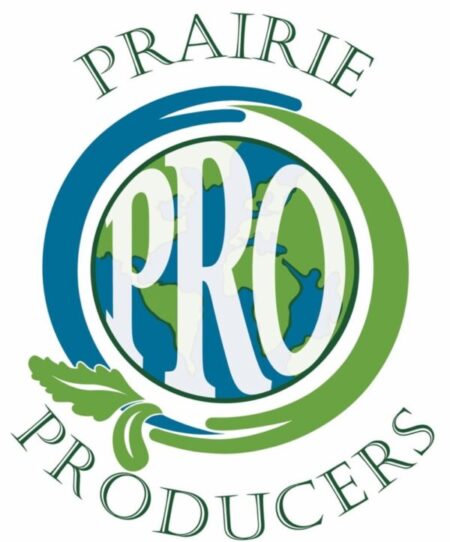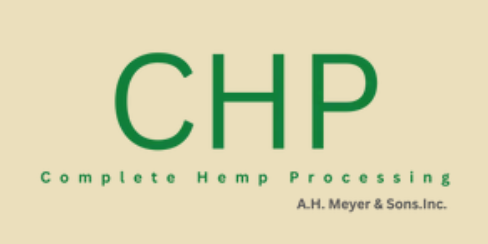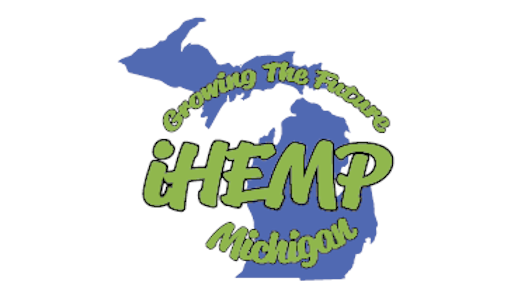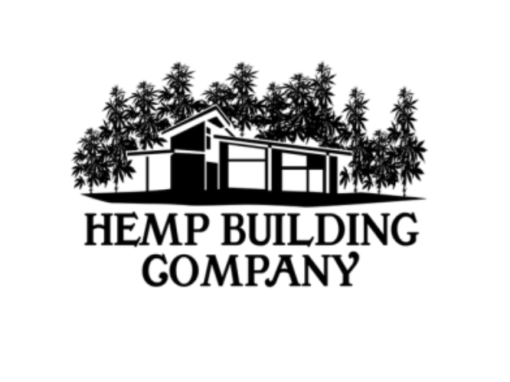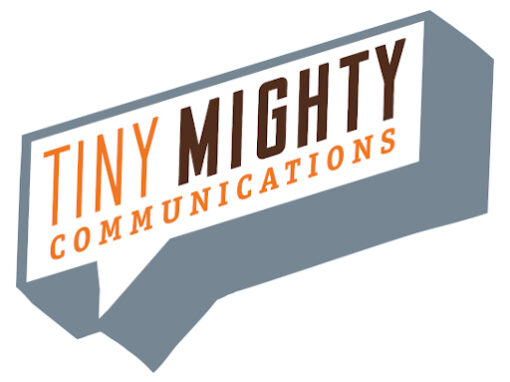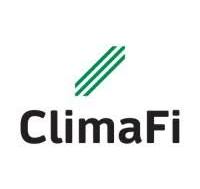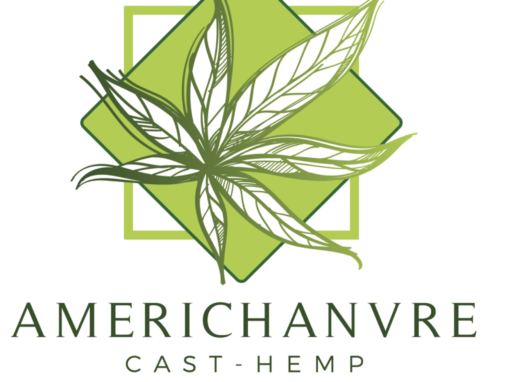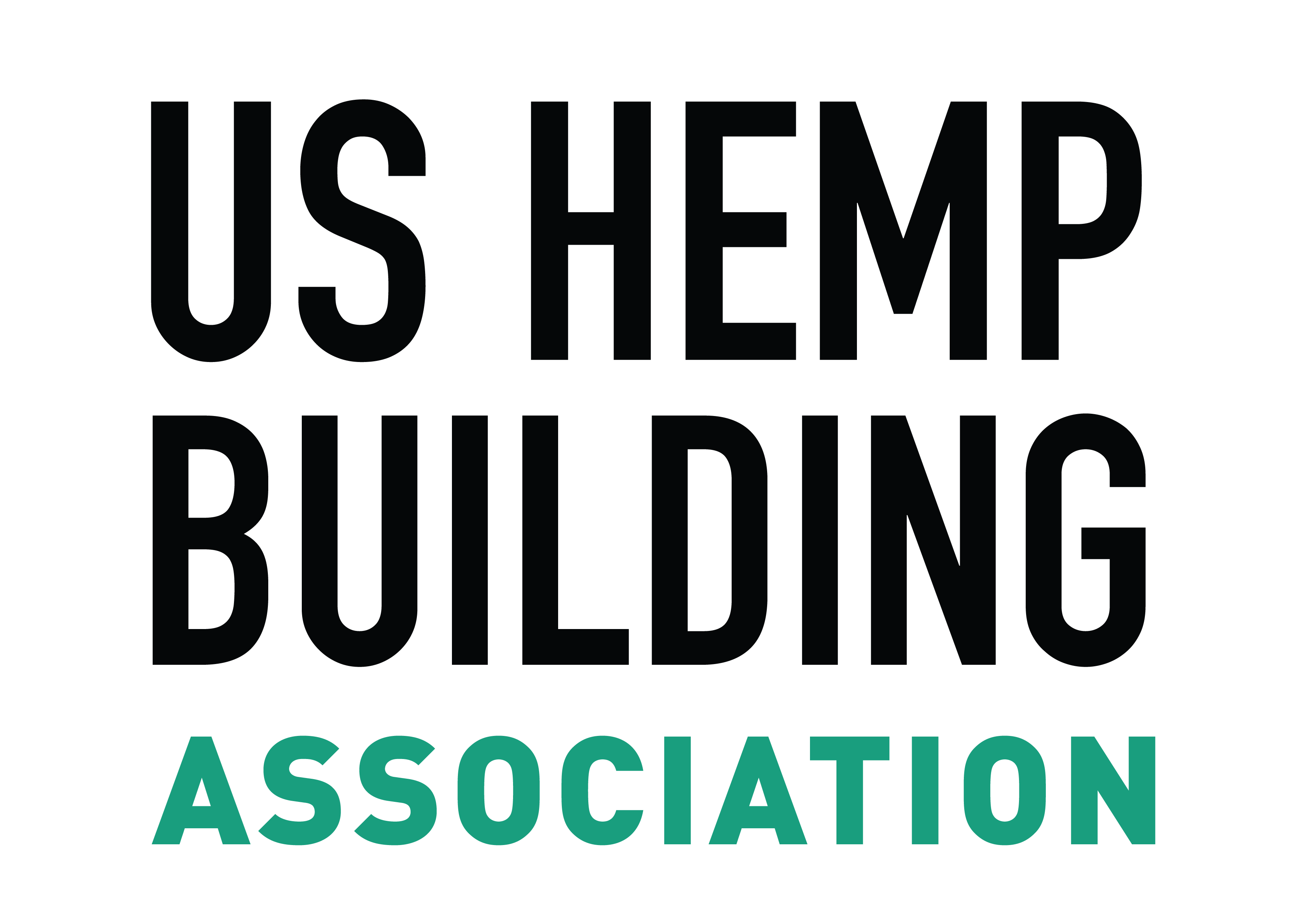Codes & Certification
If we can get into building codes, we will lower hurdles to building with hemp products, make it more accessible to the market, and allow for large construction projects to see hemp building products as a viable option.
Latest Updates
USHBF Fundraising for Codes Submission
The USHBF is currently pushing for funding for our efforts to get acceptance of hempcrete in the building codes around the country. The current plan has three main areas that need attention and funding. We are determining the test methods to measure hemp hurd. This...
USHBA Featured in ASTM Certification Article
"Ask someone to name a product containing hemp and most likely, he or she will mention consumables or clothing. Yet for centuries, humankind has used the Cannabis sativa plant’s woody stem in construction projects, breaking it into pieces and mixing it with lime and...
The Hemp Entrepreneur Podcast Interview of Tai Olson
USHBA member, Cameron McIntosh of Americhanvre, interviewed Tai Olson and Dion Markgraaff to discuss the steps that are being made to get hemp-lime construction standards written under ASTM guidelines and approved by the International Code Council to make it easier...
Certification Challenges
Hempcrete has an issue with permitting in the US due to one of the basic core functions of a Hempcrete structure. Hempcrete is meant to be a vapor-permeable wall system that will allow the passive transmission of moisture vapor through the wall to improve the thermal performance of the structure and create a better indoor air environment. However, US buildings are designed with a different standpoint on permeability and the building standards differ from the European building standards where the hempcrete system was developed.
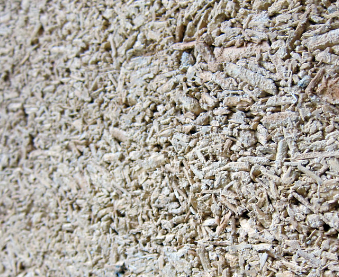
Who Approves Certification?
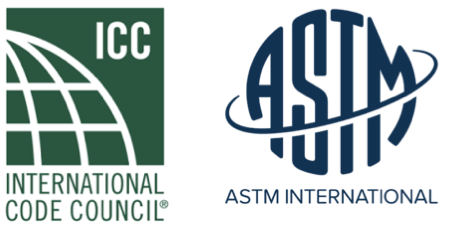
The International Code Council
The ICC will determine how Hempcrete can be used in a building. Current ICC codes typically require the use of vapor barriers in the building envelope and impermeable sheathing as structural bracing. Both elements impede the performance of hempcrete and should be avoided for best results. Fortunately, the ICC includes code appendixes that account for systems with high permeability requirements. “Straw Bale” and “Light Straw-Clay” Construction both have special building code standards added to the ICC and have similar permeability requirements as Hempcrete. This provides a roadmap for the certification of Hempcrete under ICC requirements.
The American Society for Testing & Materials
ASTM will determine what hempcrete is and how to measure its performance. There currently exist ASTM standards for the testing of thermal, fire and permeability characteristics of building materials which can be applied to hempcrete. However, ASTM specifications need to be developed to define what is considered hempcrete for construction purposes. This will require standards to be developed defining the physical characteristics of the hurd and the binder, as well as performance standards that do not fit into the existing ASTM testing standards.
How to Take Action
The USHBA needs to engage the ICC and ASTM to establish the building standards for Hempcrete in order to solve the permitting and performance issues that have prevented Hempcrete from gaining a larger presence in the US. While the exact cost of this process is yet to be determined, initial estimates are $20,000-50,000 for ASTM certification and $300,000-500,000 for ICC accreditation. With effective fundraising and grants from local and state organizations, Hempcrete can undergo accreditation and be ready for widespread use within the year.
Corporate and Organizational Members
